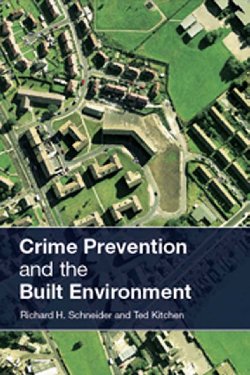Edited by J. Peter Burgess and Dariusz Kloza
"This book presents the theory and practice of impact assessment tailored to new border control technologies that are increasingly employed at state borders with the aim of facilitating border checks. Experience has shown that their use often comes into conflict with societal values such as the respect for fundamental rights to privacy and personal data protection. As a result, there is a growing need to accommodate two requirements, the first being the deployment of new border control technologies and the second being the respect for relevant societal values. This book introduces a tool that seeks to accommodate both requirements: impact assessment. Impact assessment is an evaluation technique used to analyse the potential future consequences of a given measure for societal values. The main objective of the assessment process is to support informed decision-making about whether or not, and under what conditions, to deploy a given measure. Border Control and New Technologies. Addressing Integrated Impact Assessment is addressed predominantly to border control authorities in the European Union and in the Schengen Area who wish to ensure that new technologies for controlling state borders respect the principles of democracy, the rule of law and human rights. The book will be of interest also for border control officials elsewhere in the world as well as for anyone dealing with the theory and practice of impact assessment.
Brussels: ASP editions - Academic and Scientific Publishers, 2021. 262p.





















